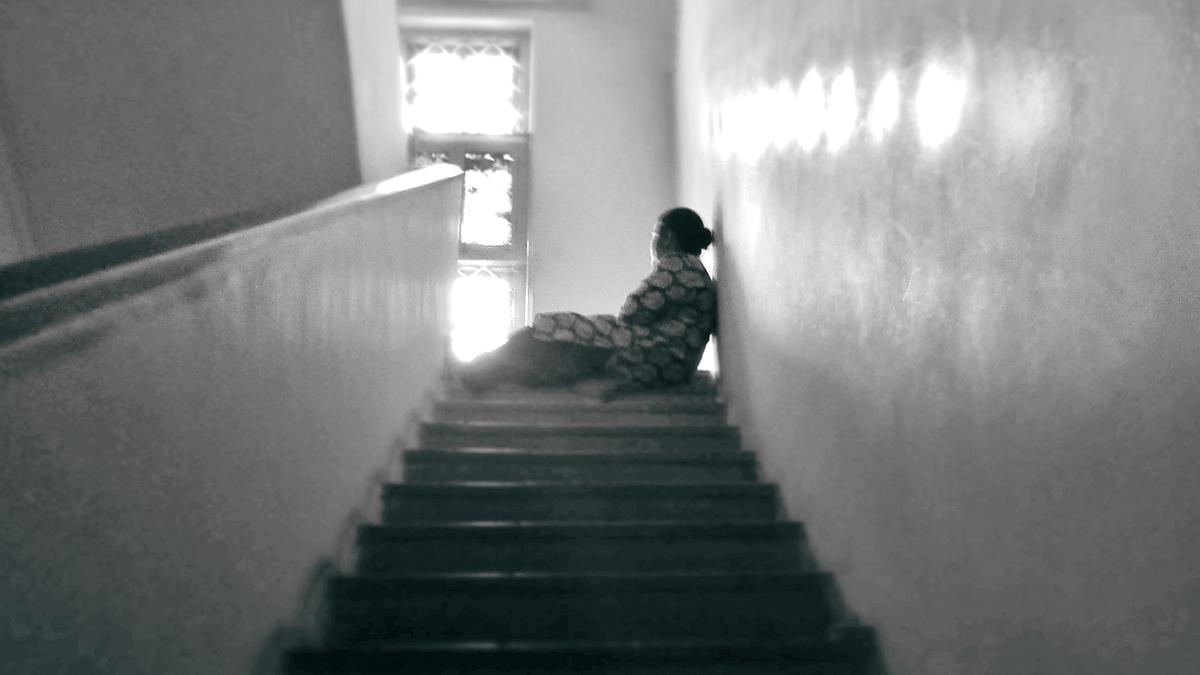Mental Health in India: Budget 2025–26

- 06 Feb 2025
In News:
The Union Budget 2025–26 marks a pivotal step towards strengthening mental health infrastructure in India. An allocation of ?99,858.56 crore to the Ministry of Health and Family Welfare (MoHFW) highlights the government’s recognition of health, including mental health, as a key pillar of national development.
Key Budgetary Allocations for Mental Health (2025–26)
- National Tele Mental Health Programme (NTMHP): Allocated ?79.6 crore to expand access to mental health services across the country.
- National Institute of Mental Health and Neurosciences (NIMHANS): Receives support to enhance research and treatment capacity.
- District Mental Health Programme: Implemented in 767 districts, providing training and outpatient services.
- Ayushman Arogya Mandirs: Over 1.73 lakh SHCs and PHCs are being upgraded to offer mental health services under comprehensive primary care.
Mental Health in India: Status and Burden
- As per WHO, mental health is the ability to realize one’s potential, cope with stress, work productively, and contribute to the community.
- India's Burden:
- 15% of adult Indians experience mental disorders (National Survey).
- Mental morbidity is highest in urban metros (13.5%), followed by rural areas (6.9%) and non-metro urban zones (4.3%).
- Global Burden (2019): Around 970 million people globally suffered from mental disorders, notably anxiety and depression.
- Treatment Gap: Estimated at 70% to 92%, particularly acute among blue-collar workers.
- Economic Impact: Mental health disorders result in significant productivity losses, often surpassing the direct cost of care.
Challenges in Mental Health Care in India
1. Budgetary and Policy Limitations
- The National Mental Health Programme (NMHP) faces funding ambiguities, often subsumed under broader health allocations.
- Limited enforcement of Mental Healthcare Act, 2017, despite mental health being a statutory right. Over 11 crore Indians suffer from mental disorders, yet 80% do not seek help.
2. Exclusion in Labour Laws
- The Occupational Safety, Health and Working Conditions Code (OSHWC), 2020, primarily covers physical safety. Mental health is not explicitly recognized.
- Phrases like “as far as reasonably practicable” limit employers’ obligations.
- The Code on Social Security (CSC), 2020, does not list mental strain as an occupational disease, making compensation for stress-induced conditions difficult.
3. Neglect of Blue-Collar Mental Health
- Mental health risks—long hours, poor conditions, job insecurity—affect blue-collar workers disproportionately.
- Workplace mental health programs (e.g., Infosys HALE, TCS EAP) are mainly for white-collar employees.
- Tele-MANAS, a government mental health helpline, requires voluntary calls. Low awareness and stigma among blue-collar workers dilute its effectiveness.
Policy and Structural Reforms Needed
- Legislative Frameworks:
- Amend OSHWC and CSC to explicitly include mental well-being and stress-related injuries as compensable conditions.
- Update the Third Schedule of the CSC to include mental health conditions, reducing dependence on case law.
- Awareness and Education:
- Launch mandatory employer-led awareness campaigns on programs like Tele-MANAS and Manodarpan.
- Community-based programs for early detection, support, and referral of mental health disorders.
- Inclusive and Tripartite Approach:
- Integrate employers, blue-collar workers, and mental health professionals into a unified framework under the new Labour Codes.
- Incorporate mental health indicators into occupational safety audits.
- Institutional Strengthening:
- Increase capacity-building efforts by training frontline health workers, general physicians, and non-specialist cadres in mental healthcare.
- Establish Centres of Excellence for mental health training and research.
Global and National Initiatives
- WHO Comprehensive Mental Health Action Plan (2013–2030): Focuses on integrating mental health into primary care and strengthening community-level interventions.
- Manodarpan Initiative: Aims at student mental health support under Atmanirbhar Bharat.
- Kiran Helpline: Government-run suicide prevention helpline for crisis support.
- Tele-MANAS Cells: 53 centers operational in 36 States/UTs, enhancing digital mental health care access.
Conclusion and Way Forward
The 2025–26 Budget reflects a progressive approach to mental health, particularly through investments in tele-counselling, primary care, and institutional support. However, significant gaps remain in policy, especially in addressing the mental health needs of blue-collar workers.
To transform “Satyamev Jayate” to “Shramev Jayate,” India must:
- Institutionalize rights-based mental health protection in labour legislation.
- Close the treatment gap through universal access and community-level awareness.
- Recognize mental health as integral to human capital and national productivity.
Only a comprehensive, inclusive, and rights-oriented approach will ensure mental health equity in India’s development journey.
